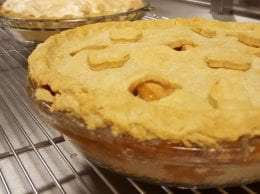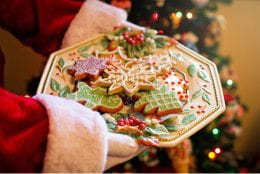
There have been a few food recalls in the news lately, with the latest recall linked to organic carrots. A recall is issued to inform consumers to look through their pantry, refrigerator or freezer and identify any foods in the recall. Research has shown that fewer than 60% of Americans check their homes for recalled food. If you have a recalled food, what should you do?
- Don’t panic! Most food recalls are not associated with a foodborne illness outbreak, and many recalls are issued because there is a potential for the food to be contaminated. Often, food manufacturers issue a recall as a precautionary measure. Besides bacterial contamination, recalls are issued for many others reasons such physical contamination or food allergen issues.
- Don’t open the food. Resist the temptation to open the food and check it. You can’t see, smell, or taste the bacteria or viruses that cause foodborne illnesses. If you do open or handle the product, remember to wash your hands thoroughly with warm water and soap for 20 seconds after handling it.
- Check the recall notice to find out what to do with the food. When a manufacturer recalls a food product, they provide instructions on what to do with the product. Typically, the instructions will indicate that you need to do one of the following:
- Return the product to the store where you bought it for a refund.
- Dispose of the product properly so that other people or animals cannot eat it. (This is particularly important if you opened the product.)
For information on the latest food recalls, see the Food and Drug Administration website.





